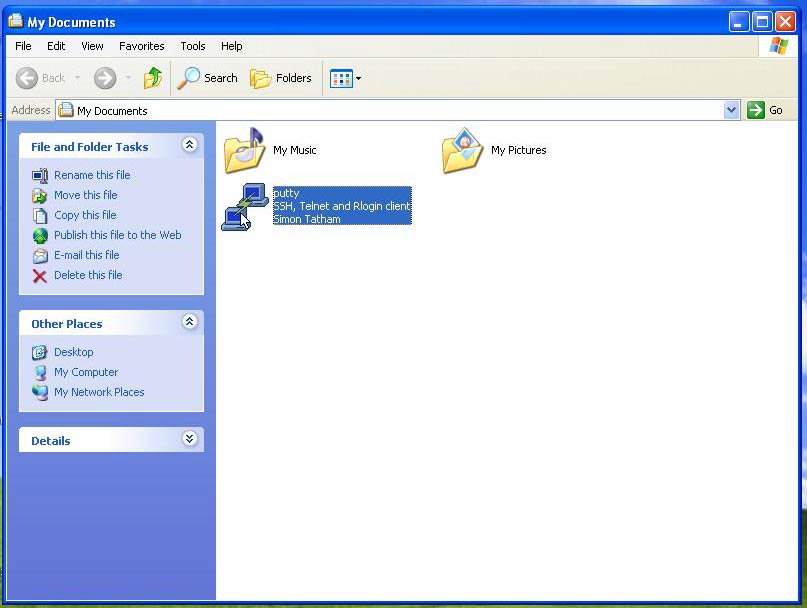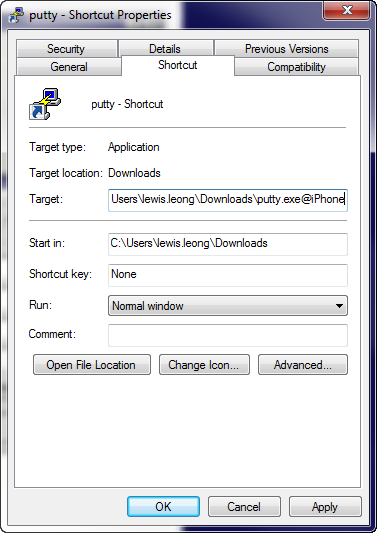


D.13 Single compilation of each source file.D.10 640×480 friendliness in configuration panels.D.9 Keystrokes sent to the server wherever possible.D.3 Multiple sessions per process on some platforms.B.5 Requesting features that have already been requested.10.19 ‘Network error: Cannot assign requested address’.10.18 ‘Network error: Connection timed out’.10.17 ‘Network error: Connection refused’.10.16 ‘Network error: Connection reset by peer’.10.15 ‘Network error: Software caused connection abort’.10.14 ‘PuTTY X11 proxy: various errors’.10.13 ‘Incoming packet was garbled on decryption’.10.12 ‘Incorrect MAC received on packet’ or ‘Incorrect CRC received on packet’.10.11 ‘No supported authentication methods available’.10.10 ‘Access denied’, ‘Authentication refused’.10.9 ‘Server refused our key’, ‘Server refused our public key’, ‘Key refused’.10.8 ‘Unable to use key file’, ‘Couldn't load private key’, ‘Couldn't load this key’.10.7 ‘Internal error’, ‘Internal fault’, ‘Assertion failed’.10.5 ‘Remote side sent disconnect message type 2 (protocol error): "Too many authentication failures for root"’.10.4 ‘The first cipher supported by the server is.10.3 ‘SSH protocol version 2 required by our configuration but remote only provides (old, insecure) SSH-1’.10.2 ‘WARNING - POTENTIAL SECURITY BREACH!’.10.1 ‘The server's host key is not cached in the registry’.Chapter 9: Using Pageant for authentication.8.3 Getting ready for public key authentication.8.2 Using PuTTYgen, the PuTTY key generator.


This manual documents PuTTY, and its companion utilities PSCP, PSFTP, Plink, Pageant and PuTTYgen. PuTTY is a free (MIT-licensed) Windows Telnet and SSH client. Previous | Contents | Index | Next PuTTY User Manual


 0 kommentar(er)
0 kommentar(er)
